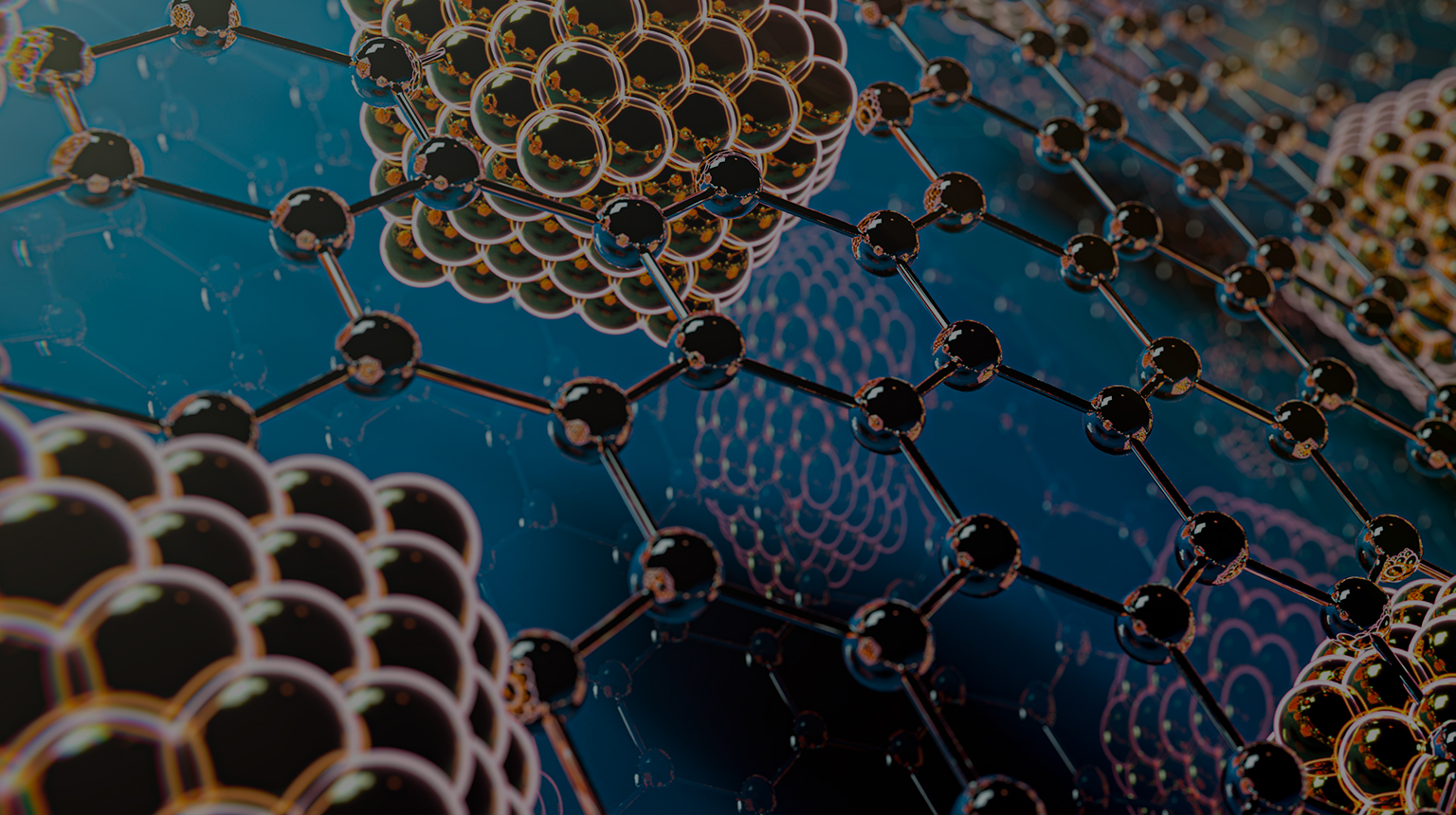

Publication
- HOME
- Publication
Publication
|
Efficient removal of diclofenac and cephalexin from aqueous solution using Anthriscus sylvestris-derived activated biochar
관리자 │ 2024-05-10 HIT 320 |
|---|
|
Journal: Science of The Total Environment Authors: Zahra Shirani, Hocheol Song, Amit Bhatnagar Abstract: The objective of this study was to investigate the adsorption of diclofenac (DF) and cephalexin (CPX) by Anthriscus sylvestris-derived activated biochar. The raw biochar (R-BC) and activated biochar (ACT-B) were characterized by scanning electron microscopy (SEM), Fourier transform infrared spectroscopy (FT-IR), Raman spectroscopy and elemental analyses techniques to obtain information regarding the morphology, functional groups and elements of the adsorbents. Batch studies were carried out to examine the effect of various operational parameters. The maximum adsorption capacity of ACT-B was 392.94 mg g−1 for DF and 724.54 mg g−1 for CPX. The removal of DF and CPX was influenced by temperature and the co-existing ions. The kinetic data fitted well with the pseudo-second-order kinetic model, whereas the isotherm data showed the best correlation with Langmuir isotherm model. Electrostatic adsorption, hydrophobic interaction and π-π bonding play a key role in adsorption of both adsorbates by ACT-B. Additionally, column studies were conducted using ACT-B at different flow rates and different concentrations of DF and CPX to investigate the practical applicability of ACT-B in removal of the target contaminants. Thus, this study provides a feasible approach to synthesize activated biochar that can minimize pharmaceuticals pollution in water bodies. Keywords: Biochar, Pharmaceuticals, Adsorption, Water treatment, Column, Mechanism DOI: https://doi.org/10.1016/j.scitotenv.2020.140789 |
| 이전글 | A review of recent advancements in utilization of biomass and industrial wastes ... |
|---|---|
| 다음글 | Facile synthesis of polyoxometalate-modified metal organic frameworks for elimin... |





